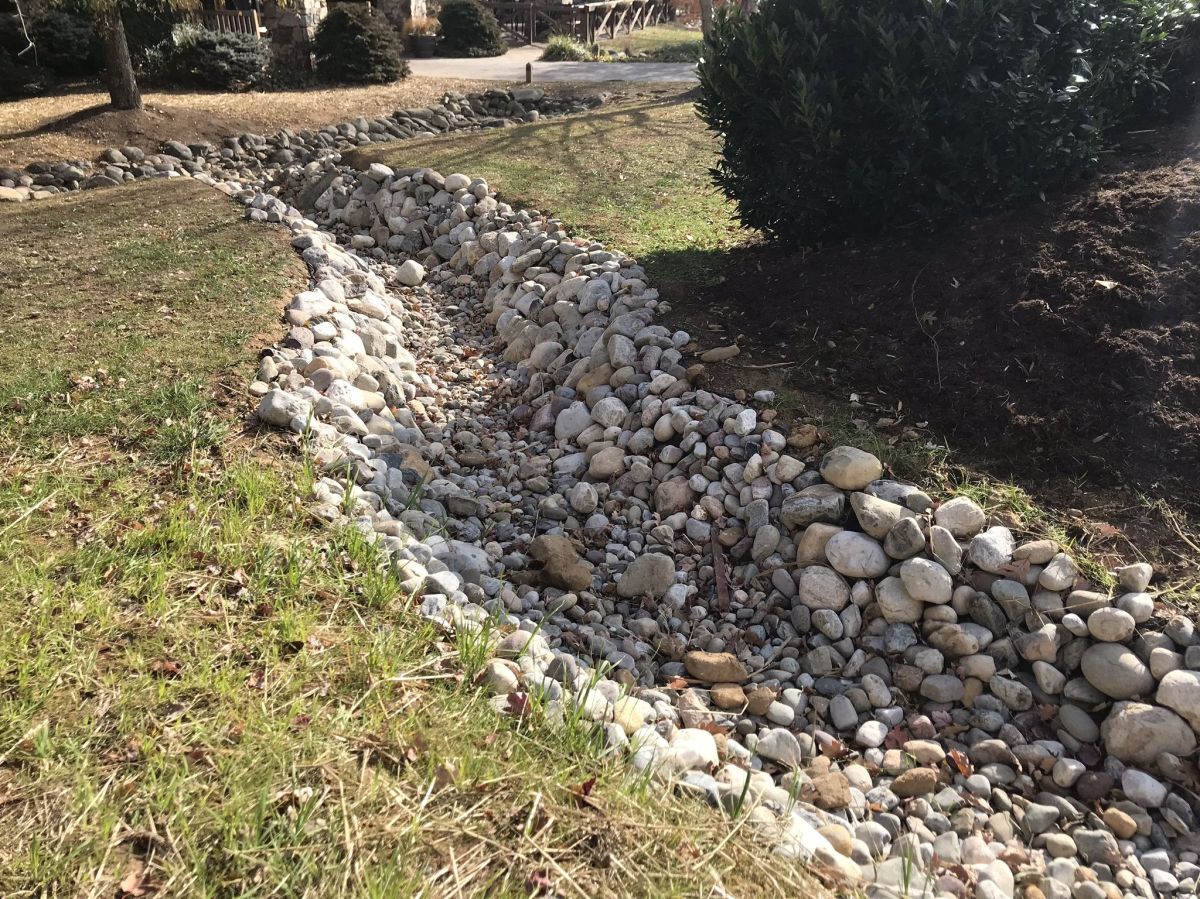Gully meaning encompasses far more than just a ditch in the ground. This exploration dives into the multifaceted nature of the word “gully,” examining its literal definition as a geographical feature, its role in erosion and environmental impact, and its surprising figurative uses in language and various industries. We’ll uncover the geological processes behind gully formation, explore its impact on landscapes and human activities, and even delve into its metaphorical applications.
From the steep-sided channels carved by water erosion to the slang usage suggesting a dark alleyway, the word “gully” reveals a rich tapestry of meanings. We’ll dissect these diverse interpretations, providing clear explanations and illustrative examples to ensure a thorough understanding of this often-overlooked term.
Understanding Gullies: A Comprehensive Guide
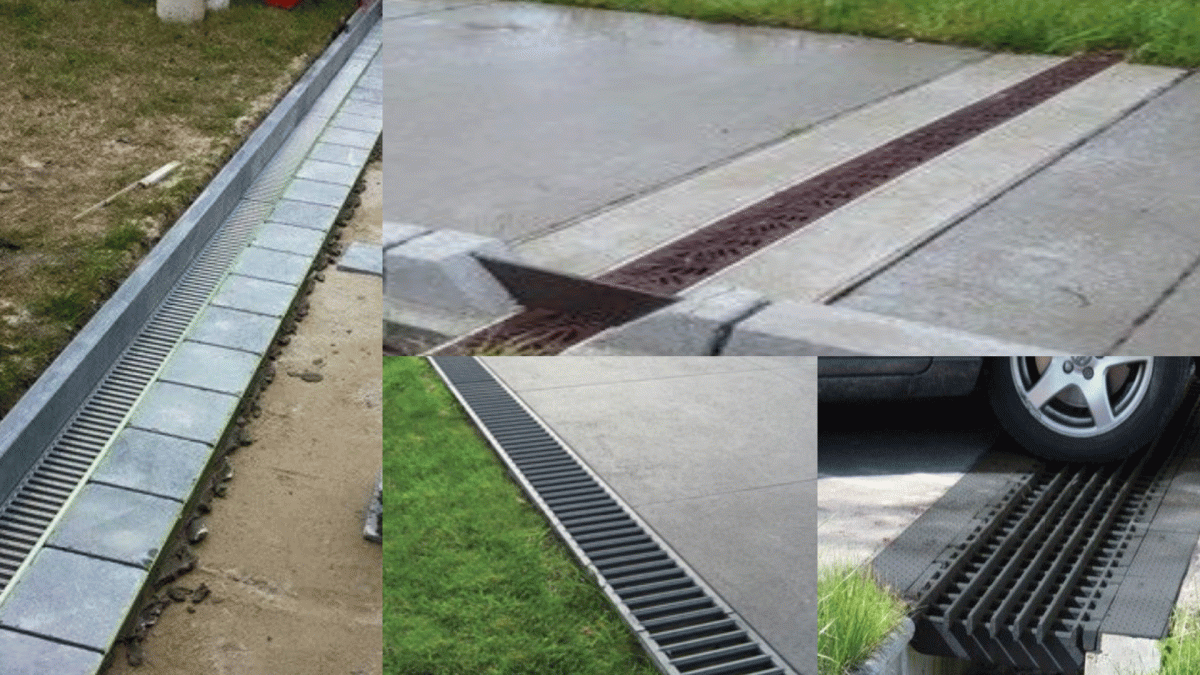
Gullies, those seemingly insignificant channels carved into the earth, hold a fascinating place in both the natural world and our language. From their geological formation to their figurative use, understanding gullies offers a glimpse into the dynamic interplay between nature and human activity. This guide explores the multifaceted meaning and significance of “gully” across various contexts.
Defining “Gully” Geographically
A gully is a channel or ditch formed by erosion, typically larger than a rill but smaller than a ravine. These features vary significantly in size and shape, depending on factors such as soil type, rainfall intensity, and vegetation cover. Gullies are characterized by their steep sides and relatively narrow width, often displaying a V-shaped cross-section. Unlike ditches, which are often artificially created, gullies are primarily formed by natural processes.
So, “gully” means a small, narrow ravine. Think of it like a miniature canyon. Imagine navigating a spaceship through a field of these, dodging asteroids – just like in this awesome asteroids game ! The sharp turns and quick reactions needed in that game are kind of like what you’d need to successfully traverse a real-life gully, albeit on a much smaller scale.
Understanding gully meaning helps appreciate the challenges of navigating tricky terrain.
Ravines, on the other hand, are typically larger and more deeply incised than gullies, often exhibiting more complex geological features.
Gully formation is primarily driven by water erosion. Heavy rainfall or prolonged periods of intense runoff can dislodge soil particles, gradually deepening and widening the channel. The process is often exacerbated by factors such as deforestation, overgrazing, and unsustainable agricultural practices.
| Gully Type | Size (Approximate) | Formation Characteristics | Example Location |
|---|---|---|---|
| Small Gully | Less than 1 meter deep, few meters wide | Typically forms in areas with less severe erosion | Gentle slopes in agricultural fields |
| Medium Gully | 1-5 meters deep, several meters wide | Forms in areas with moderate to severe erosion, often showing signs of headcut erosion | Pastureland with poor drainage |
| Large Gully | Greater than 5 meters deep, tens of meters wide | Indicates significant and long-term erosion, often associated with significant land degradation | Arid and semi-arid regions with sparse vegetation |
| Complex Gully System | Varied sizes, interconnected network | Forms in areas with complex topography and prolonged erosion, often exhibiting branching patterns | Steep hillsides with significant rainfall |
Gully Erosion and its Impact, Gully meaning
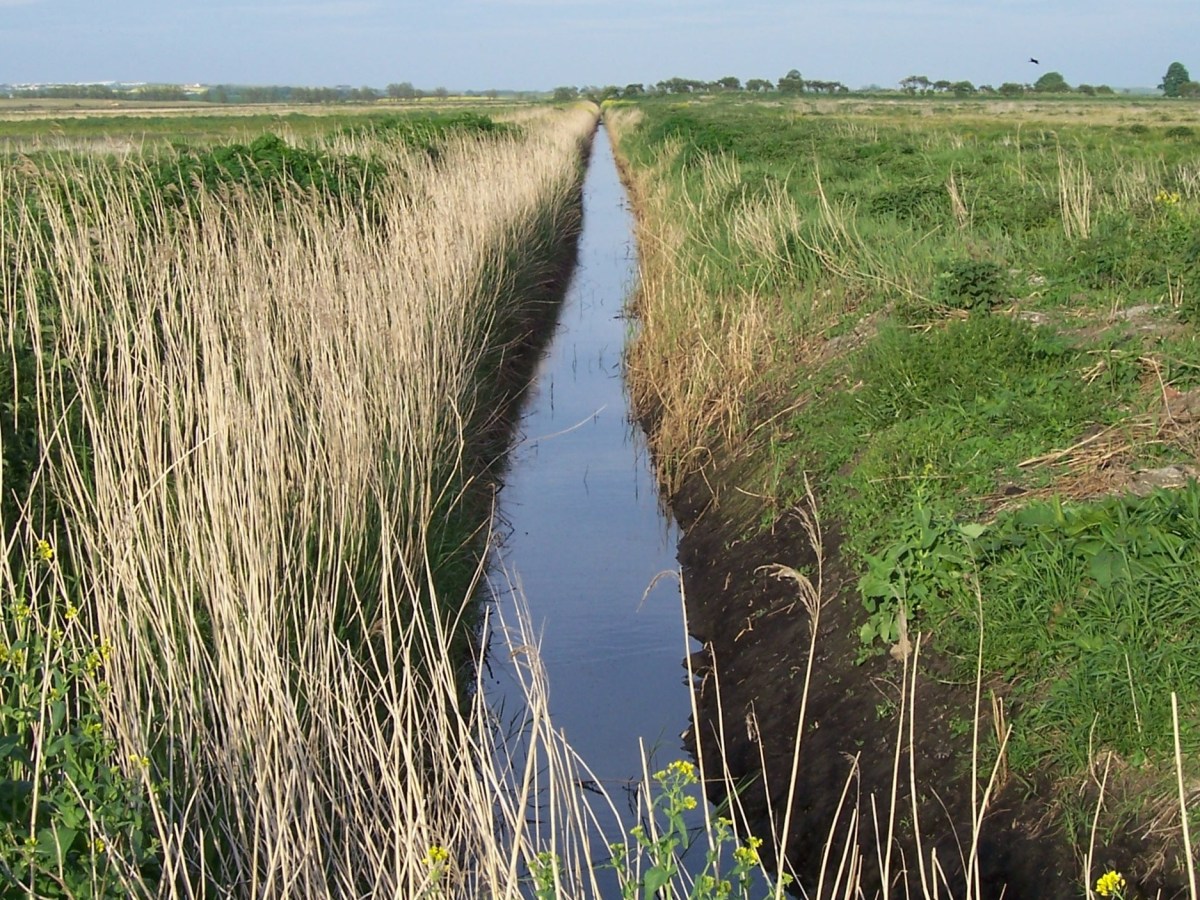
Gully erosion is a significant environmental problem, leading to land degradation, loss of topsoil, and reduced agricultural productivity. The process involves the detachment and transport of soil particles by flowing water, leading to the formation and enlargement of gullies. This can disrupt natural drainage patterns, increase sediment load in waterways, and damage infrastructure. Regions with high rainfall intensity, fragile soils, and sparse vegetation are particularly vulnerable.
The Dust Bowl in the United States during the 1930s is a stark example of the devastating impact of widespread gully erosion, resulting from unsustainable farming practices.
- Deforestation
- Overgrazing
- Unsustainable agricultural practices
- Construction activities
- Lack of proper drainage systems
Mitigation strategies focus on preventing further erosion and restoring degraded land. These include implementing conservation tillage practices, planting vegetation to stabilize soil, constructing check dams to control water flow, and improving drainage systems.
- Contour farming
- Reforestation and afforestation
- Construction of terraces and check dams
- Improved grazing management
- Sustainable land management practices
Gully as a Figurative Term
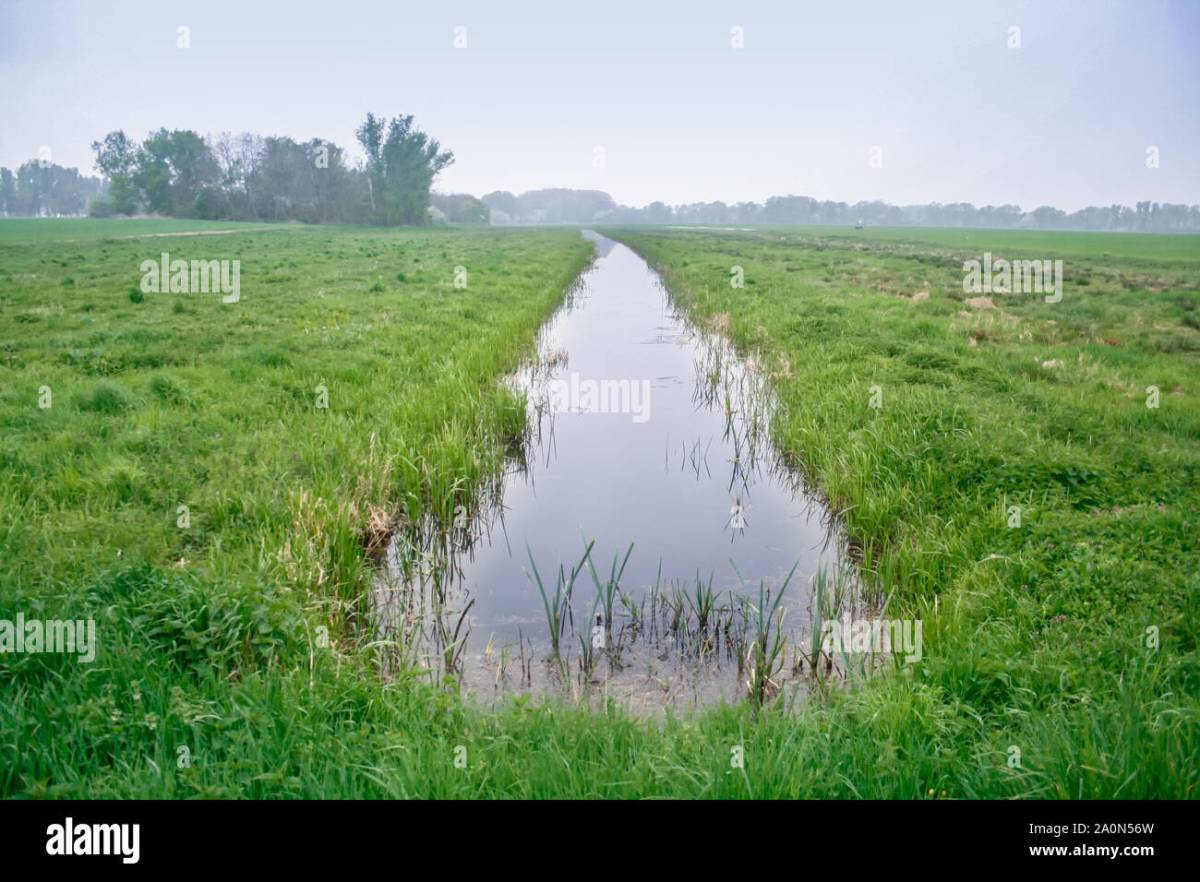
Beyond its literal meaning, “gully” also appears figuratively in language, often carrying negative connotations. It can describe a narrow, dark, or unpleasant place, or a difficult or dangerous situation. The figurative use of “gully” often emphasizes the feeling of being trapped, confined, or threatened. The context significantly influences the interpretation of “gully” in these settings.
- “He found himself in a gully of despair.”
- “The alleyway was a dark and narrow gully.”
- “The project was stuck in a financial gully.”
Gully in Specific Industries
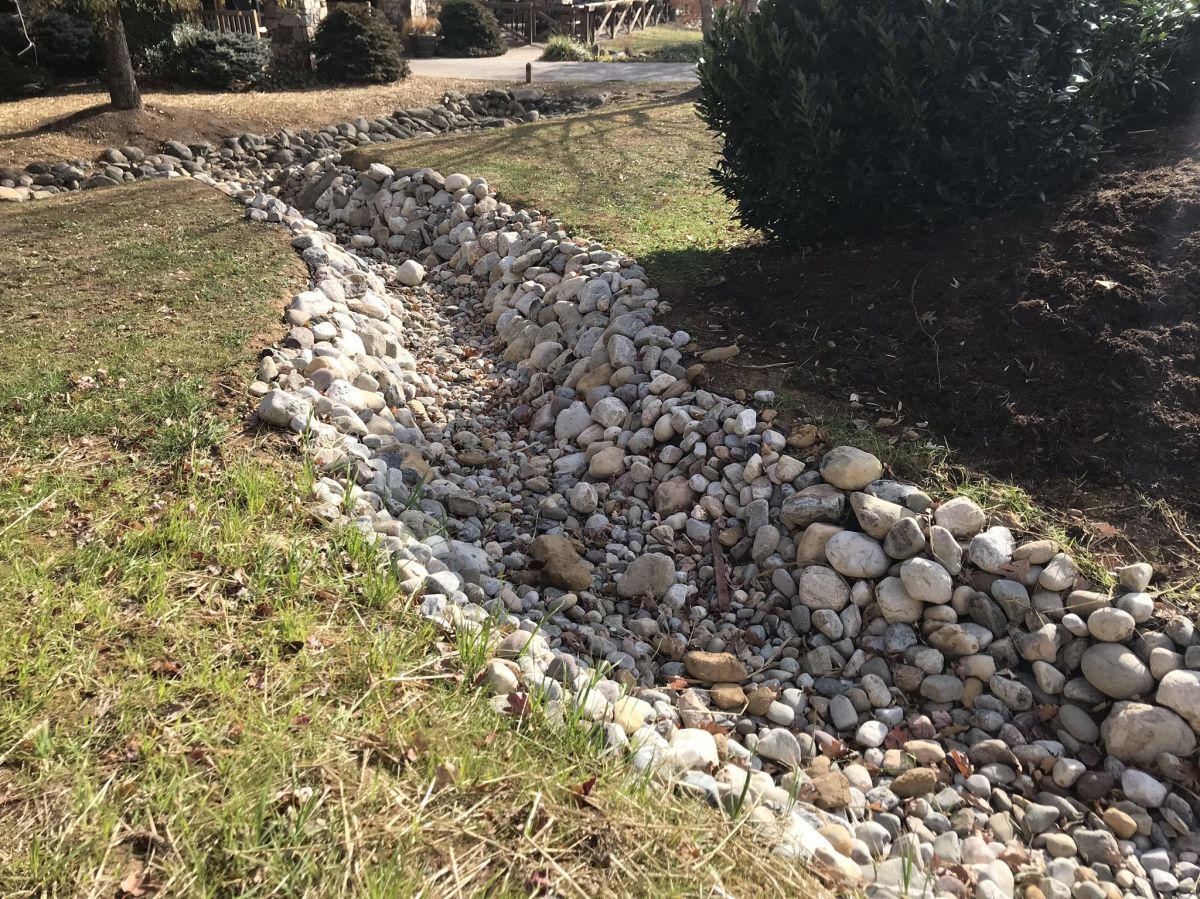
The term “gully” finds specialized applications in various fields. In agriculture, it refers to channels that can impede farming operations and reduce land productivity. Civil engineering and construction involve gully remediation and the design of drainage systems to prevent gully formation. Urban planning and landscape architecture consider gullies in site assessment and design to mitigate erosion and enhance drainage.
In these contexts, the understanding of “gully” is crucial for effective planning and management.
Visual Representation of Gullies
A typical gully presents a visually striking landscape feature. Its shape is often V-shaped or U-shaped, with steep sides and a channel floor that may be eroded and irregular. The size can range from small, shallow channels to deep, extensive ravines. The color varies depending on the soil type and vegetation, ranging from shades of brown and grey to reddish hues.
Okay, so “gully” means a ditch or channel, right? Think of it as a natural, often eroded, pathway for water. But sometimes, you might see a gully described as “swanky,” which is a bit odd. To understand that, check out this definition of swank meaning and you’ll see it refers to something stylish or posh.
So, a “swanky gully” would be a weirdly contradictory description, probably implying a surprisingly upscale or well-maintained ditch, maybe even one with landscaping!
The gully walls often exhibit exposed soil and rock, while the floor may be covered with loose sediment and debris. Vegetation within the gully is often sparse or absent due to the erosional forces, although some resilient plants might cling to the edges. The overall impression is one of ruggedness and dynamism, reflecting the ongoing process of erosion and land shaping.
So, “gully” basically means a narrow ditch or channel, right? Think of the erosion patterns you might see. Now, imagine the chaotic energy of a situation – like the one shown in this khabib plane video , where the intensity is almost like a rushing gully of emotions. Understanding that visual helps you grasp the raw, powerful force often associated with the word “gully,” whether it’s water or something more abstract.
Imagine a deep gully carved into a hillside, its walls exposing layers of weathered rock and reddish-brown soil. Sparse shrubs cling precariously to the edges, while the gully floor is a jumble of loose stones and eroded earth. A small stream trickles down the channel, carrying away the last vestiges of the soil. The scene conveys a sense of both the power of nature and the fragility of the land.
Outcome Summary
Understanding “gully” means appreciating its dual nature – a powerful force of geological change and a versatile word with nuanced figurative uses. Whether you’re a geologist studying erosion patterns, an urban planner considering drainage systems, or simply curious about the multifaceted meanings of words, this guide has hopefully provided a comprehensive and engaging overview of the term “gully” and its varied contexts.
Commonly Asked Questions: Gully Meaning
What’s the difference between a gully and a ravine?
Generally, ravines are larger and more deeply incised than gullies. Gullies are typically smaller and shallower.
Can gullies form in urban areas?
Yes, inadequate drainage systems and soil erosion in urban areas can lead to gully formation, often in areas with steep slopes or disturbed land.
Are there any legal implications related to gullies on private property?
Potentially. Issues related to property boundaries, erosion control, and liability for damage caused by gullies on one’s property can involve legal considerations. Local regulations vary.
How are gullies repaired or mitigated?
Mitigation techniques vary depending on the size and location of the gully, and can include terracing, check dams, vegetation planting, and soil stabilization.
